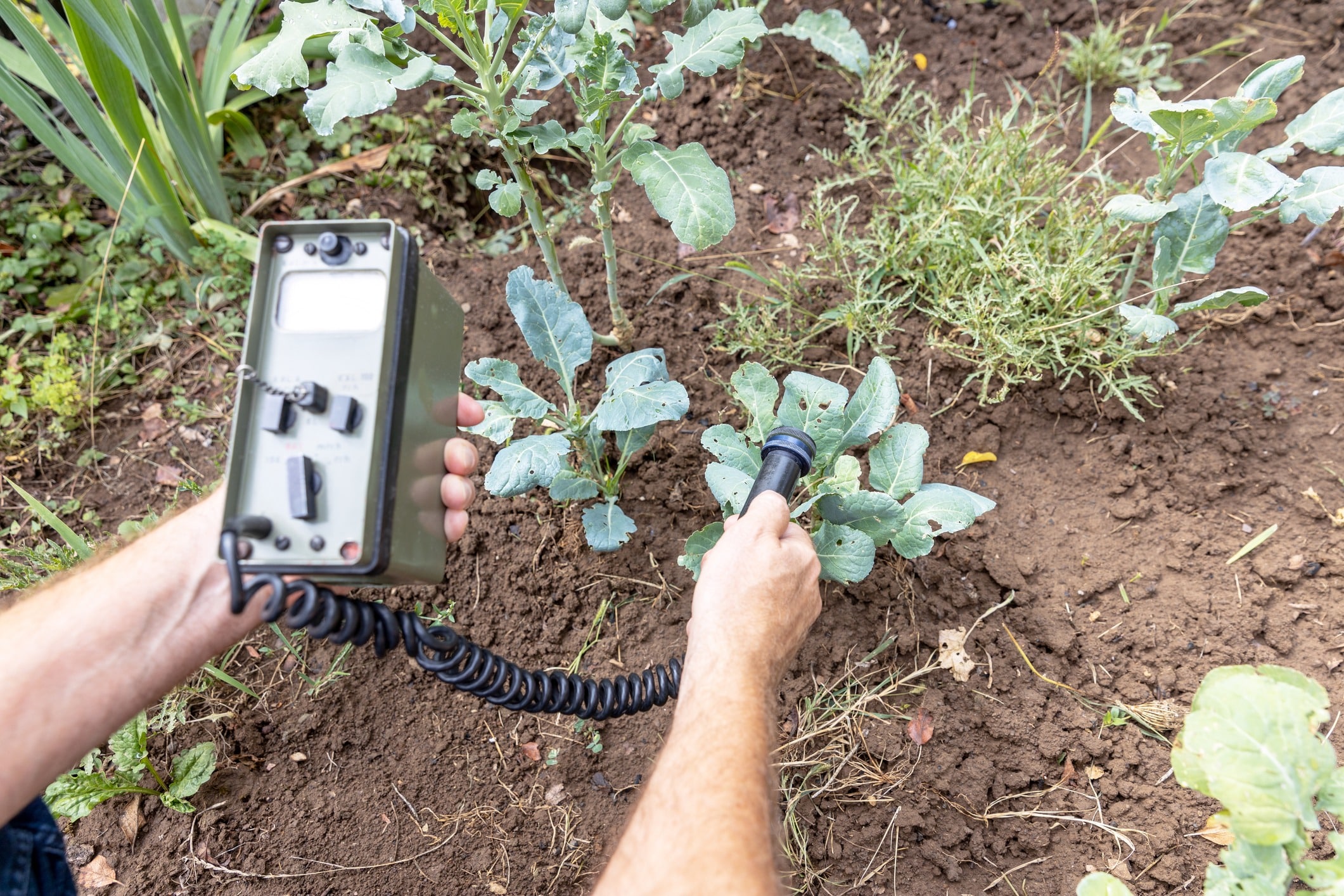Purchasing a property that is contaminated can be daunting. There are many risks to consider, including significant liability risks. In some cases, a full assessment of the risks may not be possible before the decision to proceed or not must be made. A purchaser will be in a much better position to make decisions if it acquires as much information as possible about the property, and does so early enough in the transaction that the agreement of purchase and sale can be structured to address any issues, if required.
Sometimes, the fact that a property is contaminated is known by the vendor and disclosed when it is offered for sale. If this is so, there will be environmental reports available for review by a potential purchaser, as well as the purchaser’s engineer and legal counsel. Gaps in the available information and potential liability risks may be able to be identified early on. Further site investigation may be required to better understand the contamination, assess any known or potential risks of off-site migration, consider what remedial work may be required to address the contamination and estimate how much available remedial options could potentially cost, among other things. There are also several other sources of information that may be available to assist in this assessment, including, but certainly not limited to, inquiries with the Ministry of the Environment, Conservation and Parks, other regulatory authorities and information about surrounding properties.
Ideally, some of these issues may be able to be addressed in the agreement of purchase and sale itself. It may be necessary to include provisions in the agreement to allow for further site investigation, the completion of remedial work, a price adjustment, indemnification for liabilities, or any number of terms to address the condition of the property and the risks associated with the contamination. Such agreements of purchase and sale require a degree of creativity, with the objective for the purchaser being the minimizing of risks going forward.
In other situations, contamination is discovered during a purchaser’s due diligence work, after an agreement of purchase and sale has been entered into. When this occurs, it is likely unexpected by both parties to the transaction, and a degree of flexibility is essential in determining whether the transaction will be able to move forward.
For example, further site investigation may be required by the purchaser to better assess the extent of the contamination discovered and the associated risks. If the agreement does not provide for further access for site work, the vendor will need to decide if it will be allowed or not. While it is possible that a purchaser denied access may choose to proceed with the transaction based on the information available, despite the potential risks, it is also possible that a refusal may end the transaction, as the purchaser may conclude that the risks are too uncertain. Flexibility to re-negotiate terms of the agreement may be necessary to conclude the transaction.
Ultimately, the earlier in the due diligence process the initial site investigation is conducted, the more time is available to conduct any negotiations or investigations that result from it.
In every transaction involving contaminated lands, a purchaser must assess the potential liability risks and financial implications of acquiring the property. A purchaser’s ability to make that assessment is enhanced by the information available. The earlier in the process that a purchaser is able to acquire that information, the more time that a purchaser will have to engage in the negotiations that may be required to minimize the risks.
For further discussion on these issues, please listen to our podcast, A Manner of Speaking, episode title: “Environmental Issues and Real Estate Transactions with Daniella Sicoli-Zupo”.
This blog post was written by Cheryl Gerhardt McLuckie, a member of the Environmental Law team. Cheryl can be reached at 613-369-0365 or at cheryl.mcluckie@mannlawyers.com.








